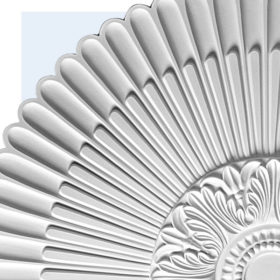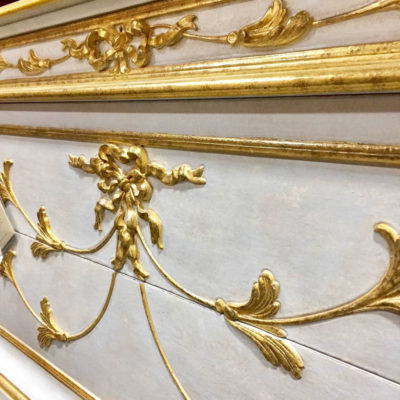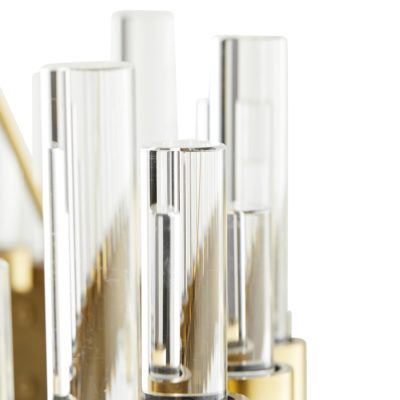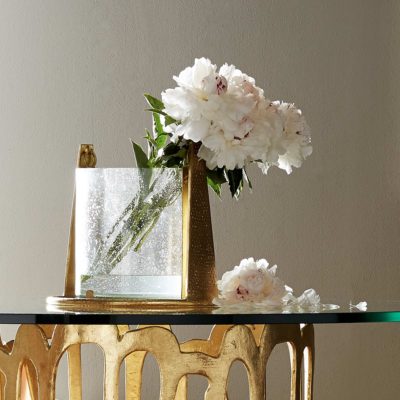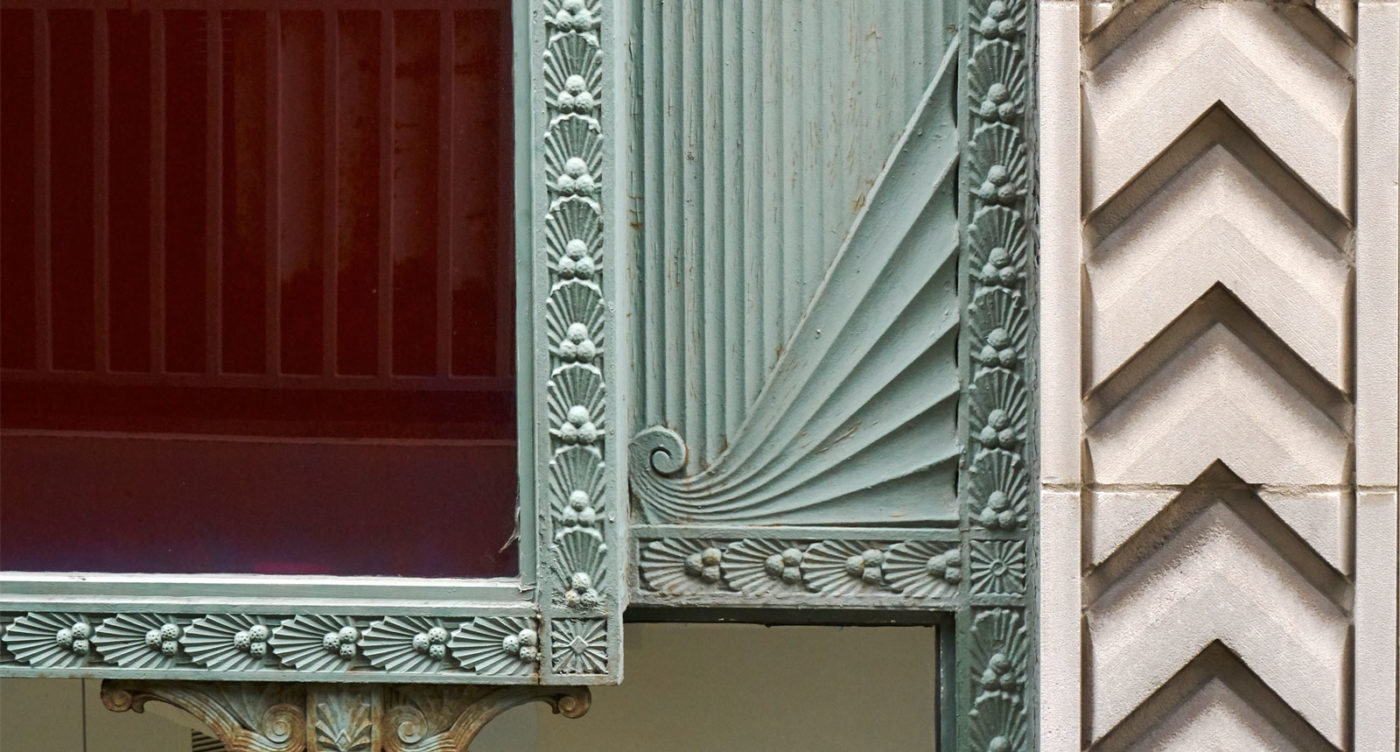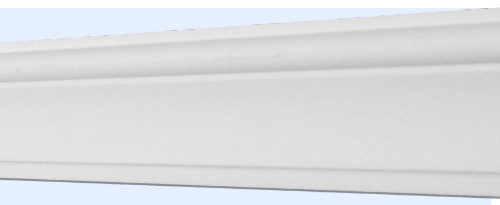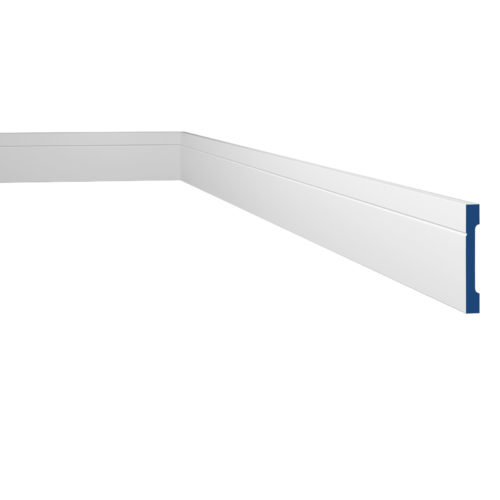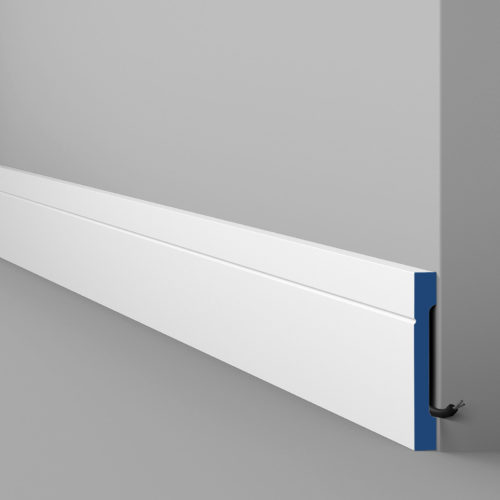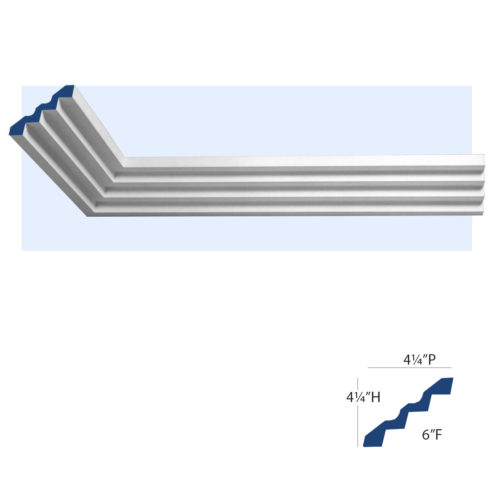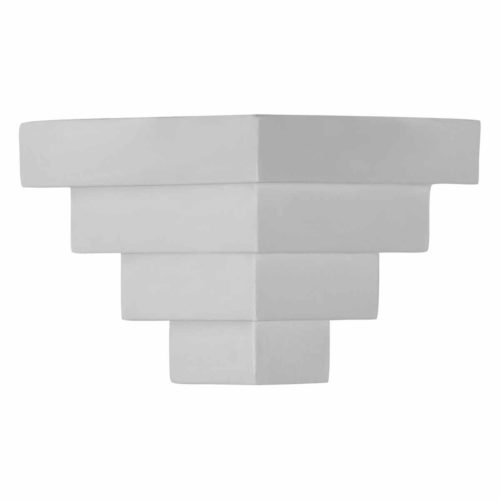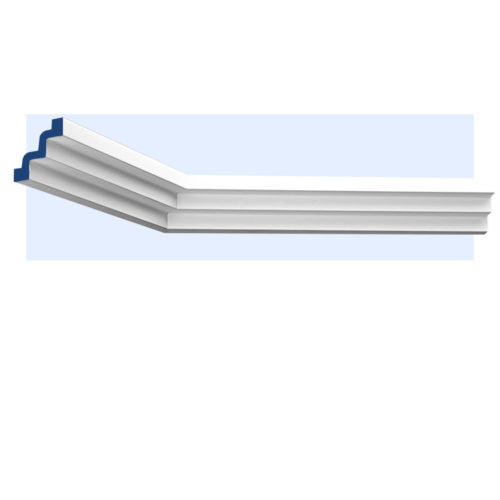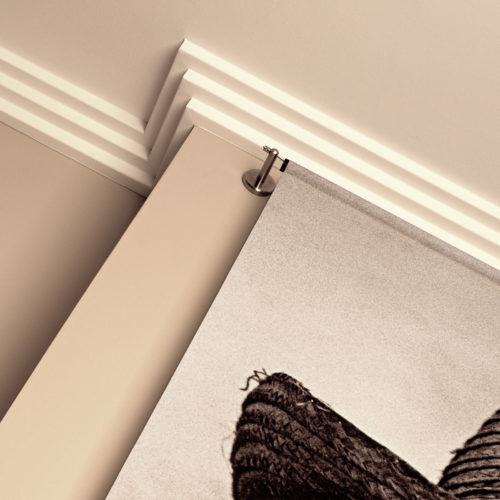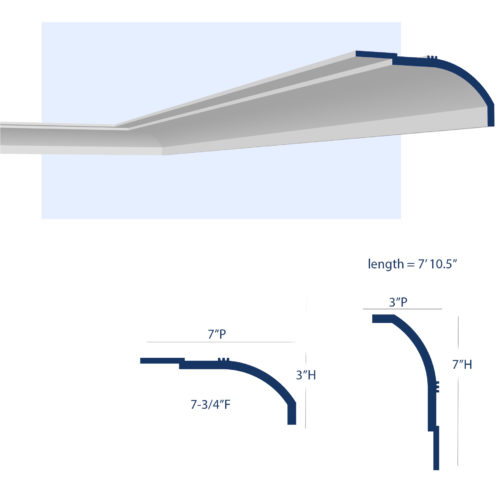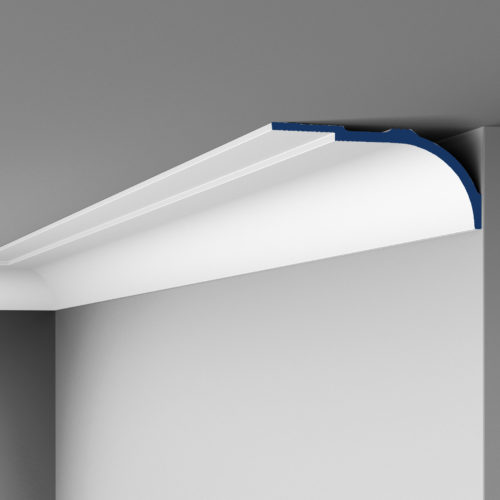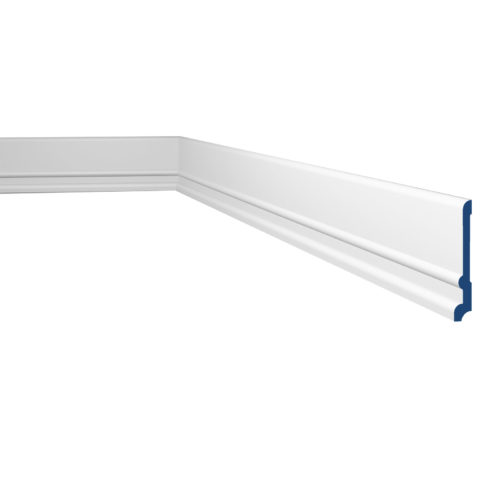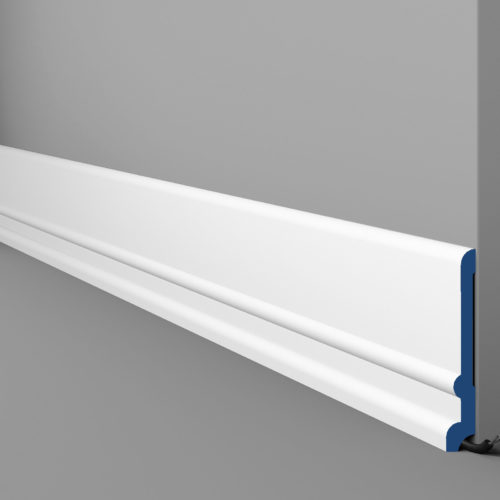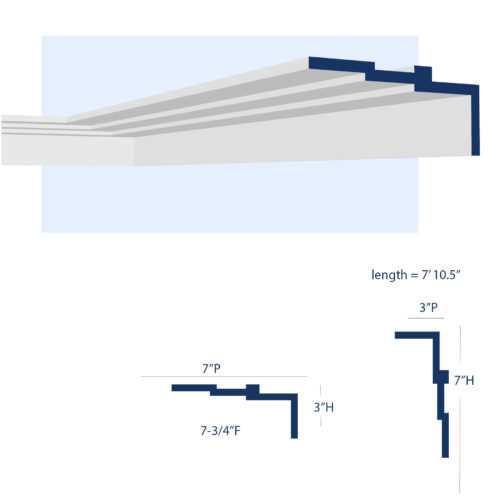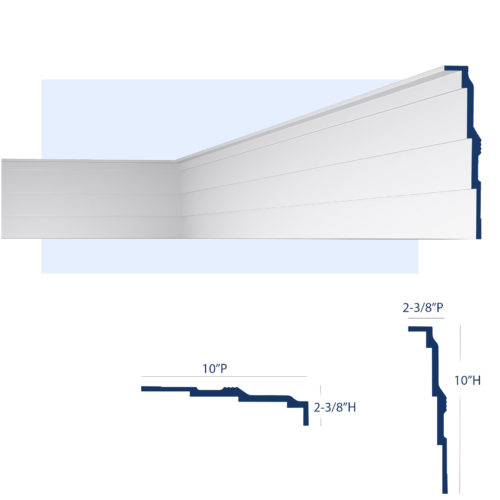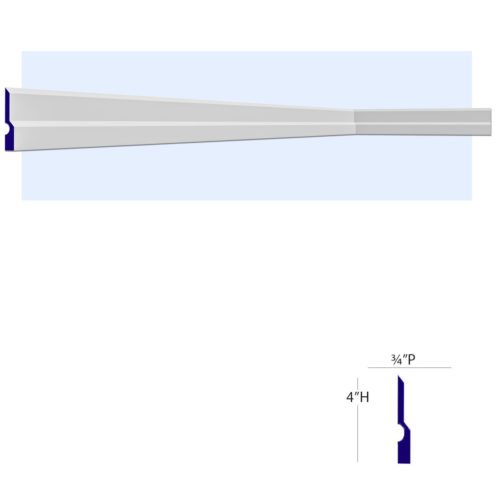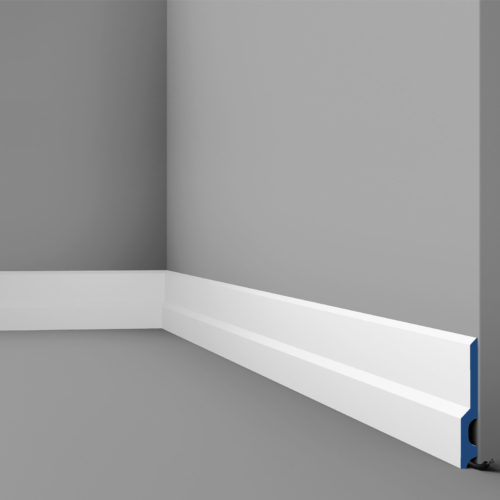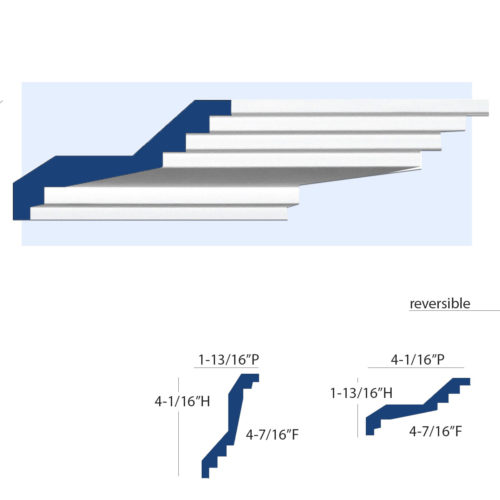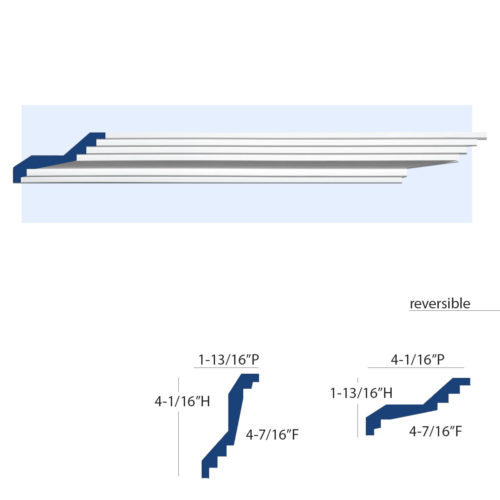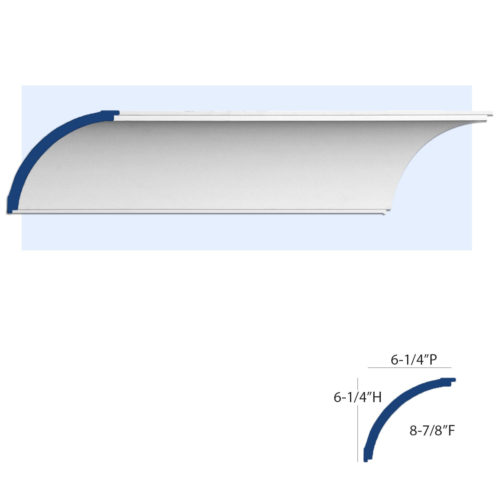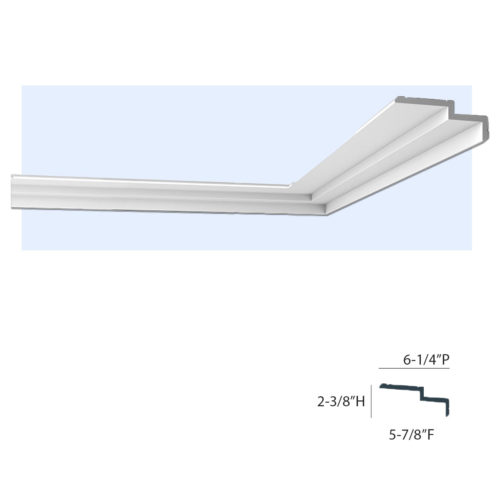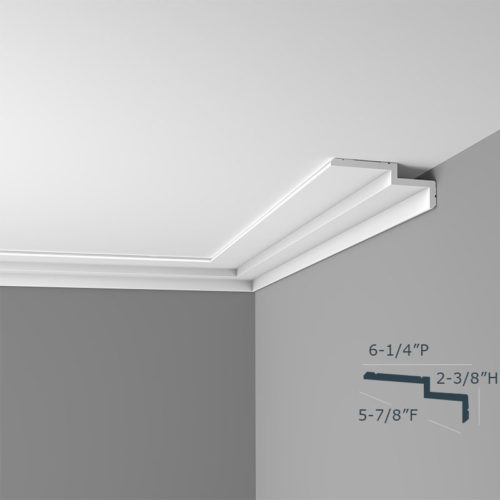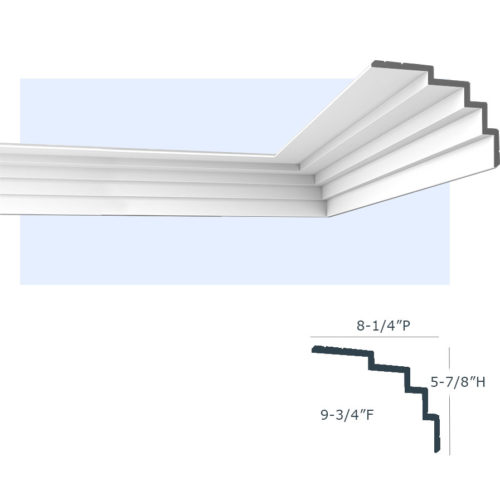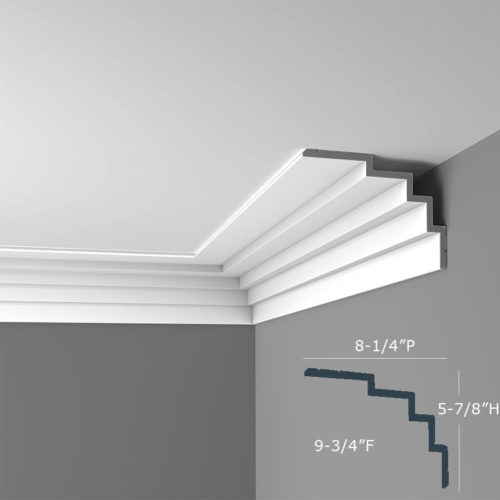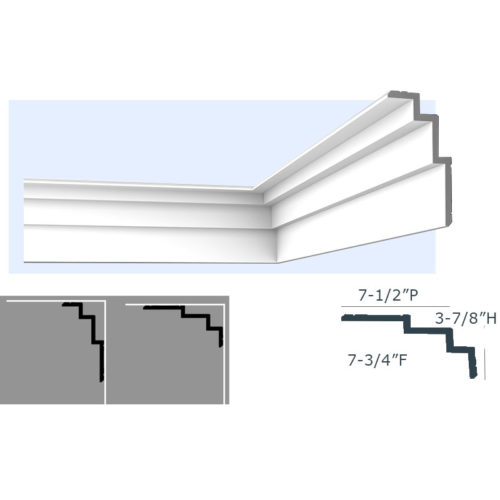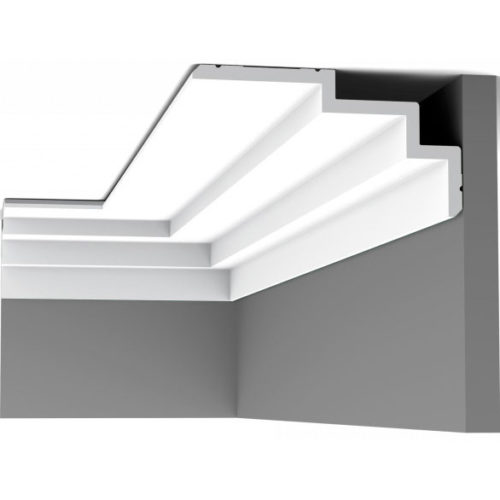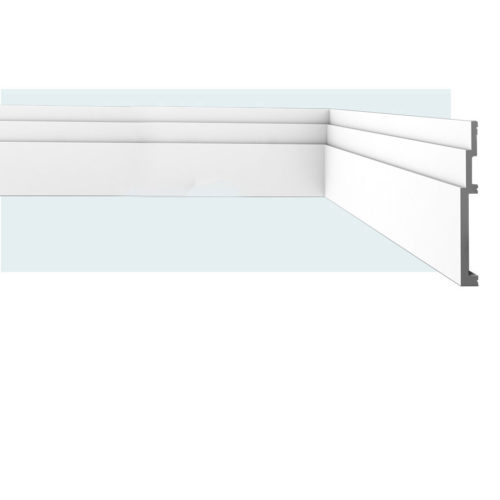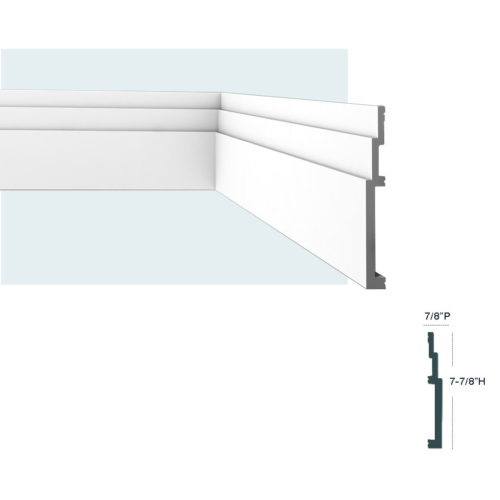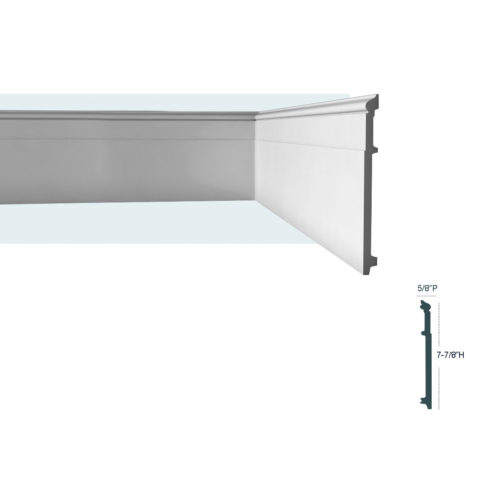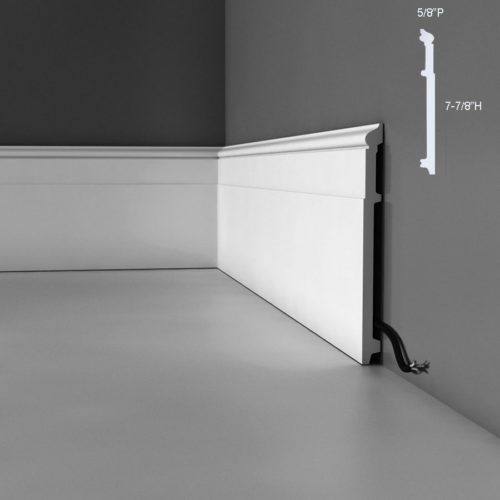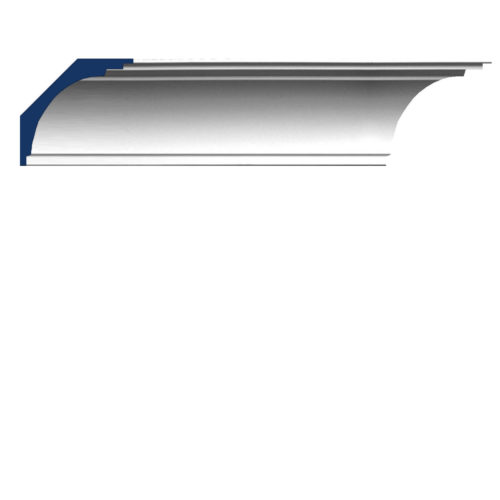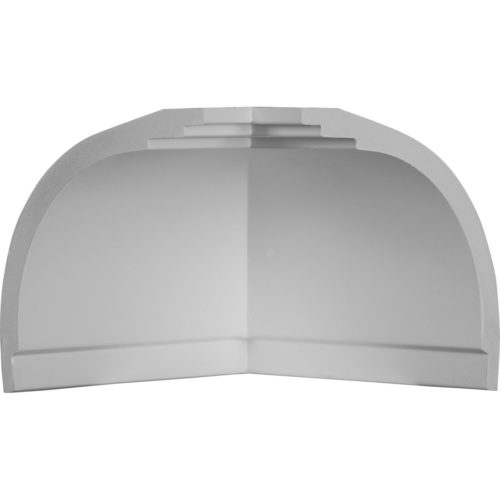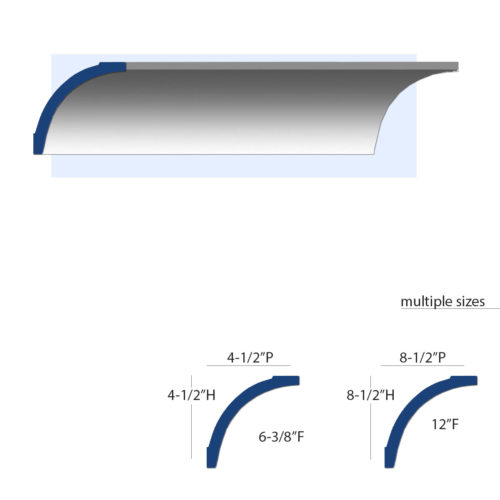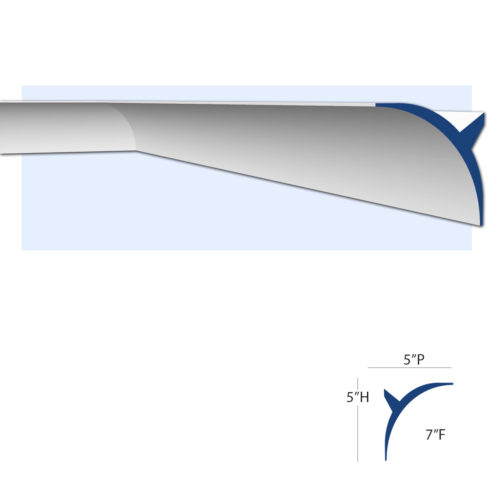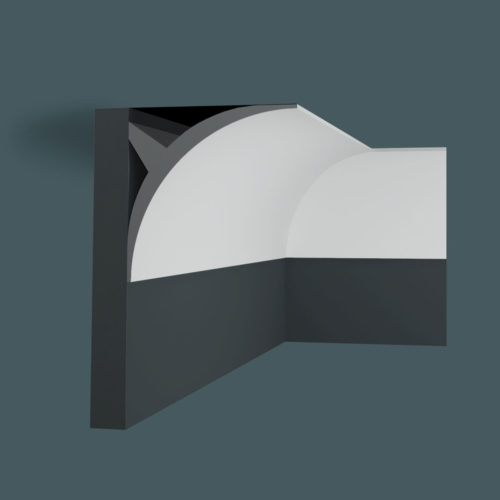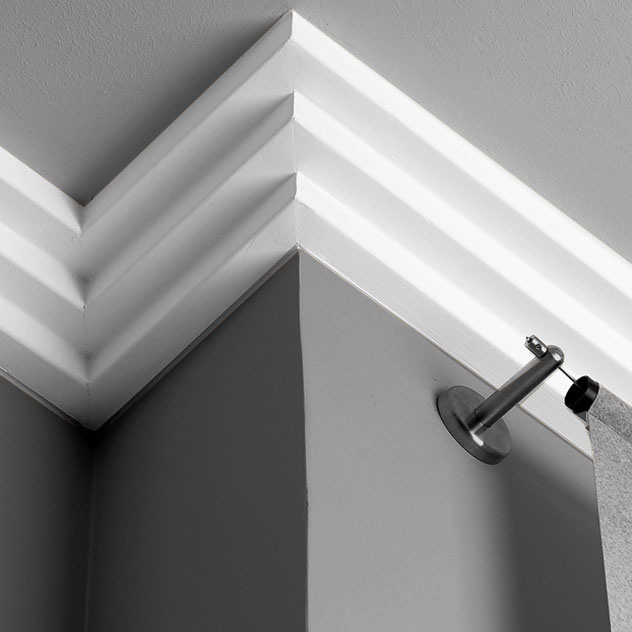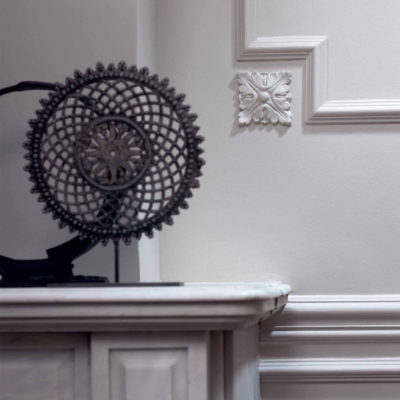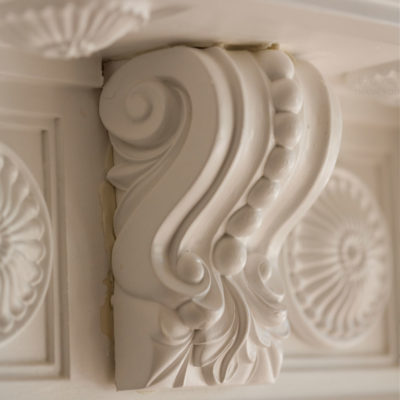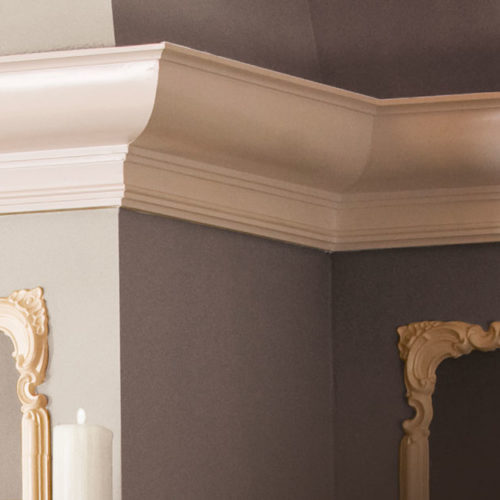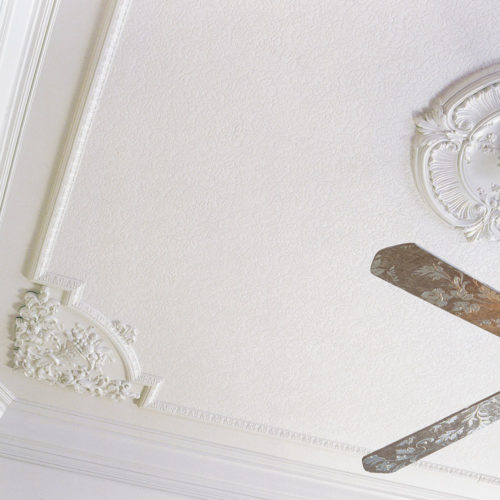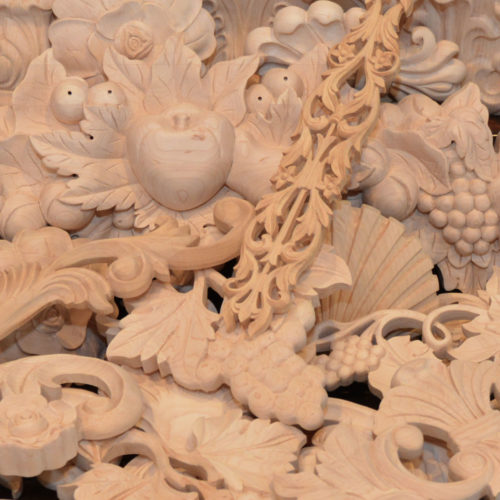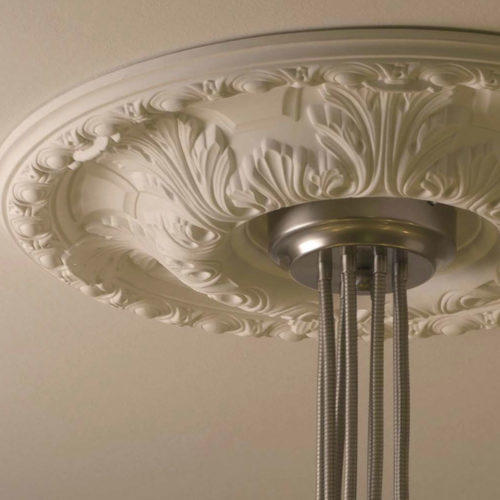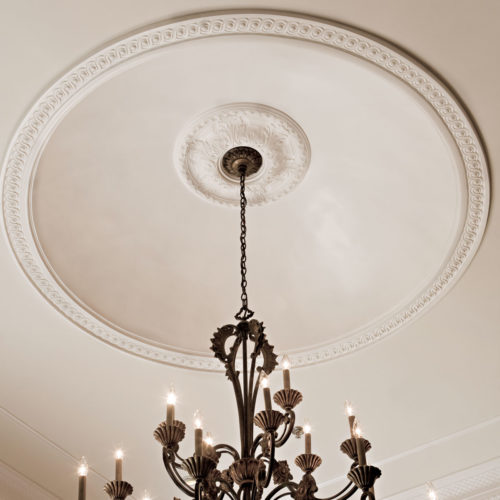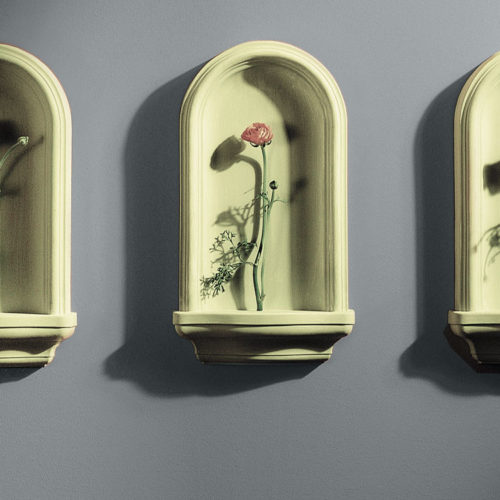architectural details
Types of Art Deco Architecture
Stepping Type of Art Deco Architecture
Art Deco architecture consists of three main types: zigzag, classic moderne and streamline modern.
The first type to appear in America was zigzag (or stepping) and it is best understood when looking at the skyscrapers of the 1920s. Zigzag is used in Art Deco architecture to make qualities of height more pronounced and is an obvious choice for towering structures. The typical shape of the skyscraper is that of a wide base, that as the building grows taller, narrows gradually into a stepped form until the tower extends into the sky at a consistent narrow width.
It is interesting to note, however, that the traditional stepped base of the skyscraper was not only influenced by the pyramids of ancient civilizations, but also by the New York City Zoning Ordinance in 1916. This Zoning Ordinance mandated setbacks for all urban buildings, which regulated the size of the skyscraper as determined by the width of the street. The imposition of setbacks eliminated claustrophobic conditions for the city as much as possible. If there were no setbacks, the streets of New York City would be entrenched in shadows and winds would have whistled down through the chasms created by the adjacent buildings.
The skyscraper, the result of urban development, became a symbol of progress and proclaimed America’s status as a world power. Reaching higher into the sky than any building before, the skyscrapers were testaments to the development of civilization and the start of a brave, new world.
Art Deco Architecture – Classic Moderne
Known as Classic Moderne, this type of Art Deco architecture is identifiable by its graceful composition. Classic Moderne Art Deco architecture modifies classical architectural forms and compared to other types of Art Deco architecture, exterior, and interior ornamentation is far less apparent. After the stock market crash in 1929, President Roosevelt established federal funding for public buildings. Thus, the Art Deco architecture constructed in this type is closely associated with FDR’s New Deal. This type of Art Deco architecture was well balanced in appearance.
Classic Moderne Art Deco architecture values symmetry; typically these buildings were more sedate in form, usually horizontally structured, except for the towers which were modeled after the traditional forms of urban skyscrapers. The juxtaposition of the application of the zigzag type and the relatively austere and sternness of the classical form suggest a compromise between the old and the new, or the traditional and the avant-garde.
Classic Moderne architecture typically features a variety of distinguished-looking artwork and imagery rendered in a variety of mediums. Painted murals and carved statuary were meant to convey through symbols the purpose of the building and its position in the community.
Streamline moderne is a type that appears to be the most modernistic of the three Art Deco architectural types. Streamlined moderne is easily identified through the styles clean, smooth lines which convey aerodynamic qualities. They are typically box-like in appearance and have flat roofs; towers are rarely if ever employed. During the 1930s, when classic moderne was prevalent, streamlined moderne provided a relief from the heavier ornamental look of the previous two styles of Art Deco architecture. Streamline moderne looked thoroughly cutting edge with the use of glass bricks, speed stripes and alternative windows, with some looking like the portholes of an ocean liner. Presently, examples of streamline moderne Art Deco architecture can be viewed in roadside diners and especially the collection of Art Deco buildings on Ocean Drive in Miami.
It was throughout the late 1920s and 1930’s that Miami rebuilt itself as a major vacation destination after a devastating hurricane. The construction of new Art Deco architecture revealed itself in about 400 new buildings clustered on Ocean drive; and with the influence of the world-famous Florida weather, a sub-type of classic moderne emerged: tropical moderne. In what is now known as Old Miami Beach, the liberal use of awnings over porthole windows, tropical motifs such as seashells and waves, application of tropical pastel colors brought the fantasy of a dream vacation to life. The makeover was successful in the marketing of Miami Beach as the ultimate vacation destination where your only worry was how quickly your martini lost its chill.

